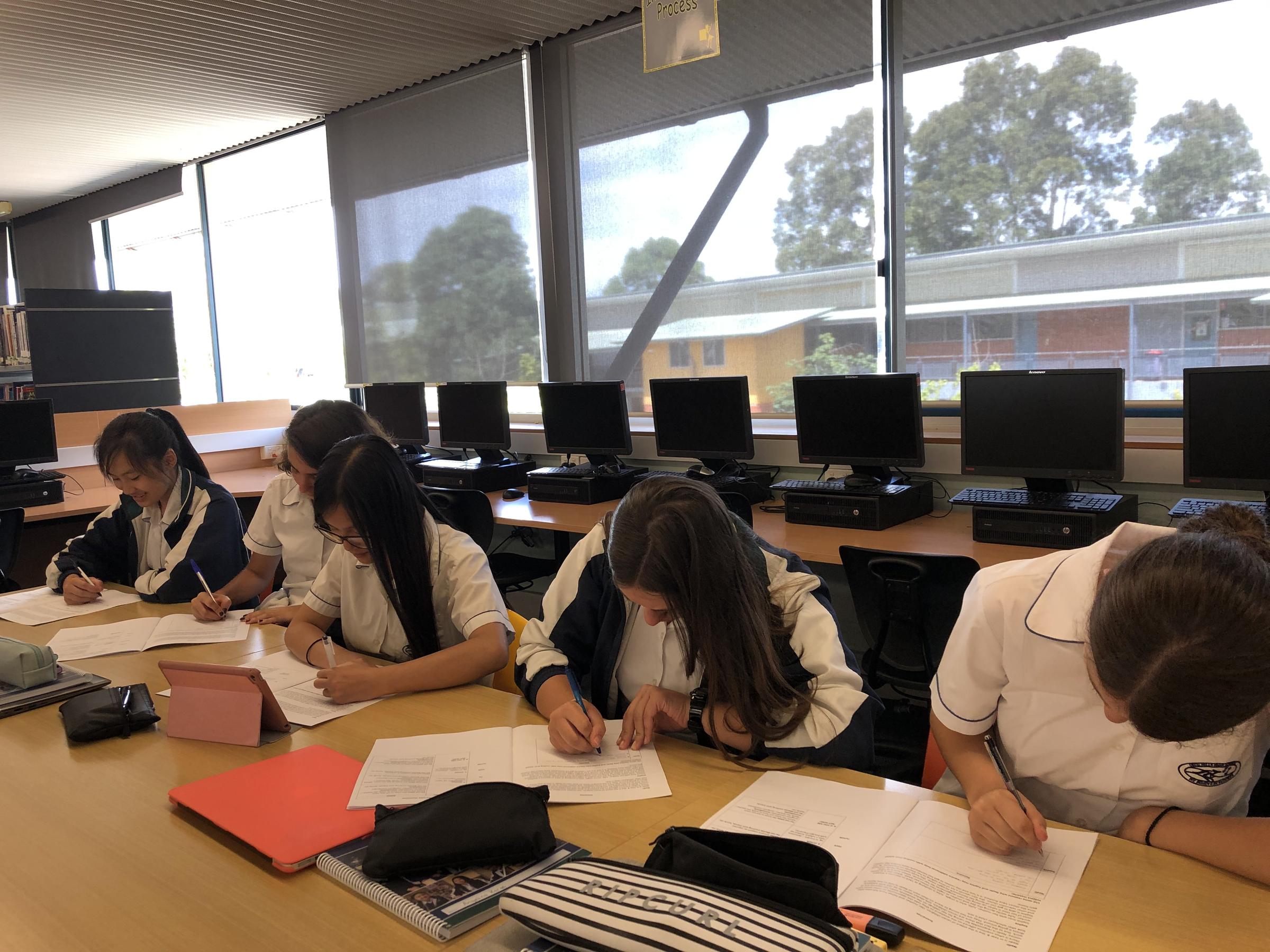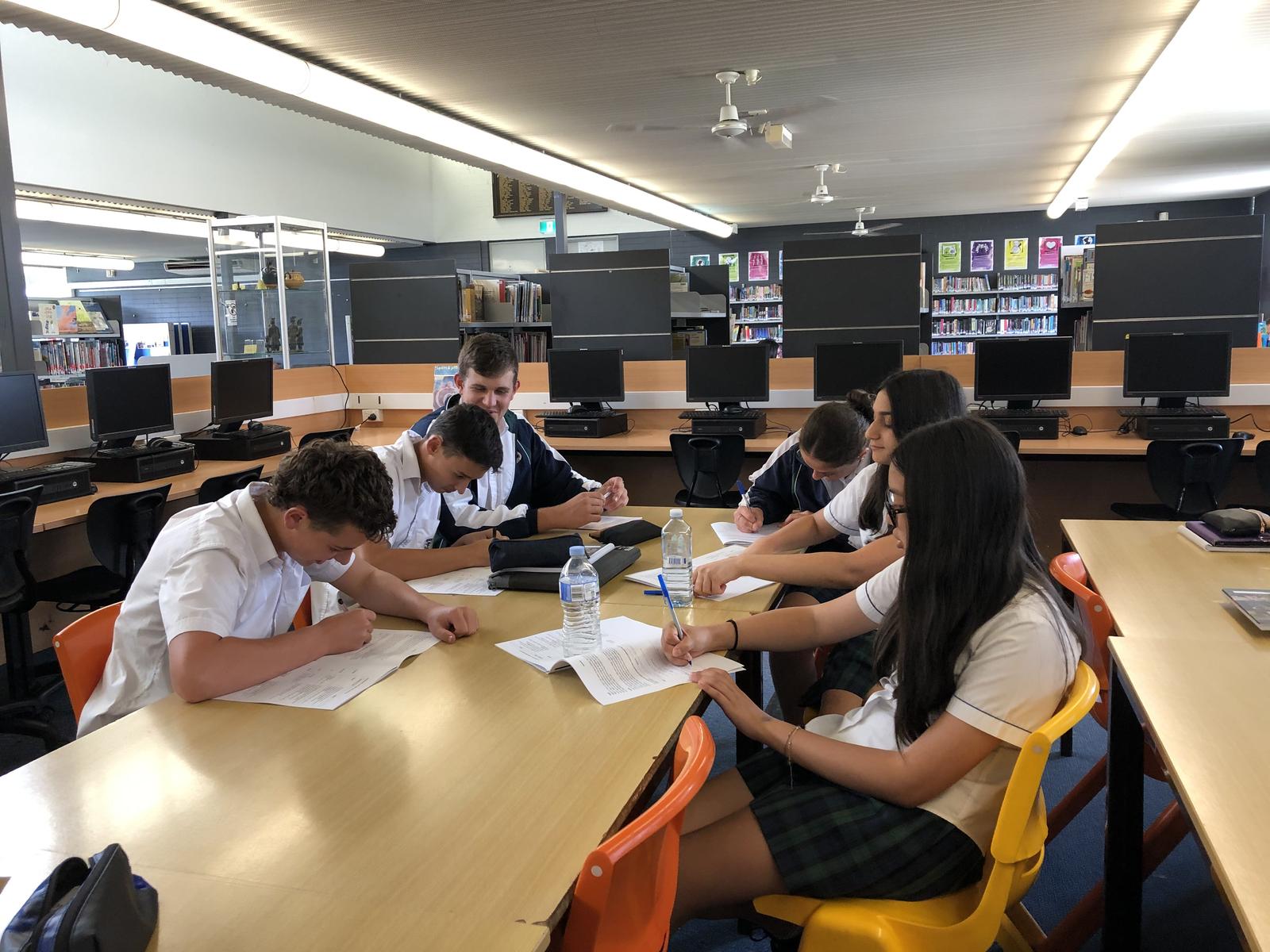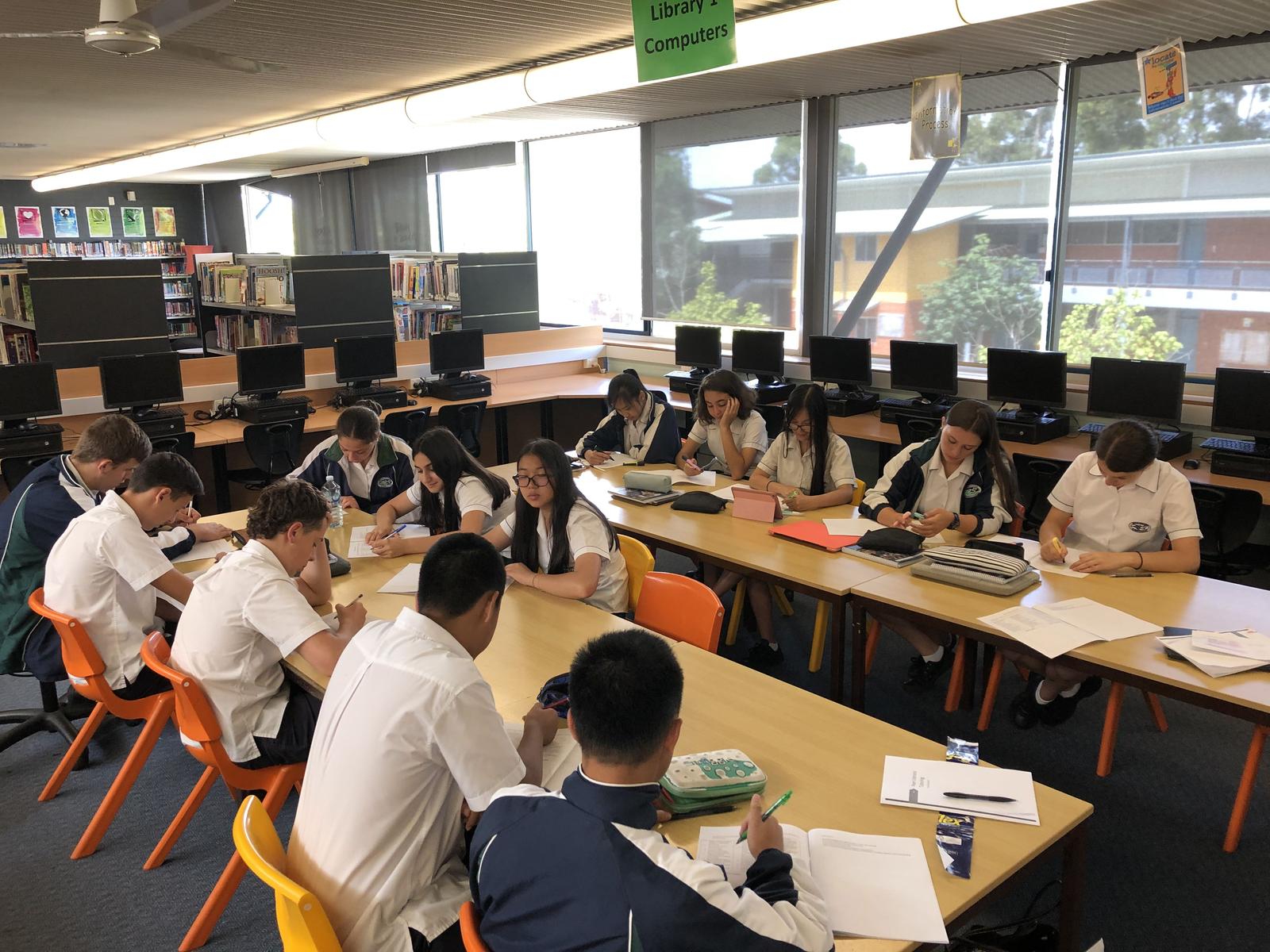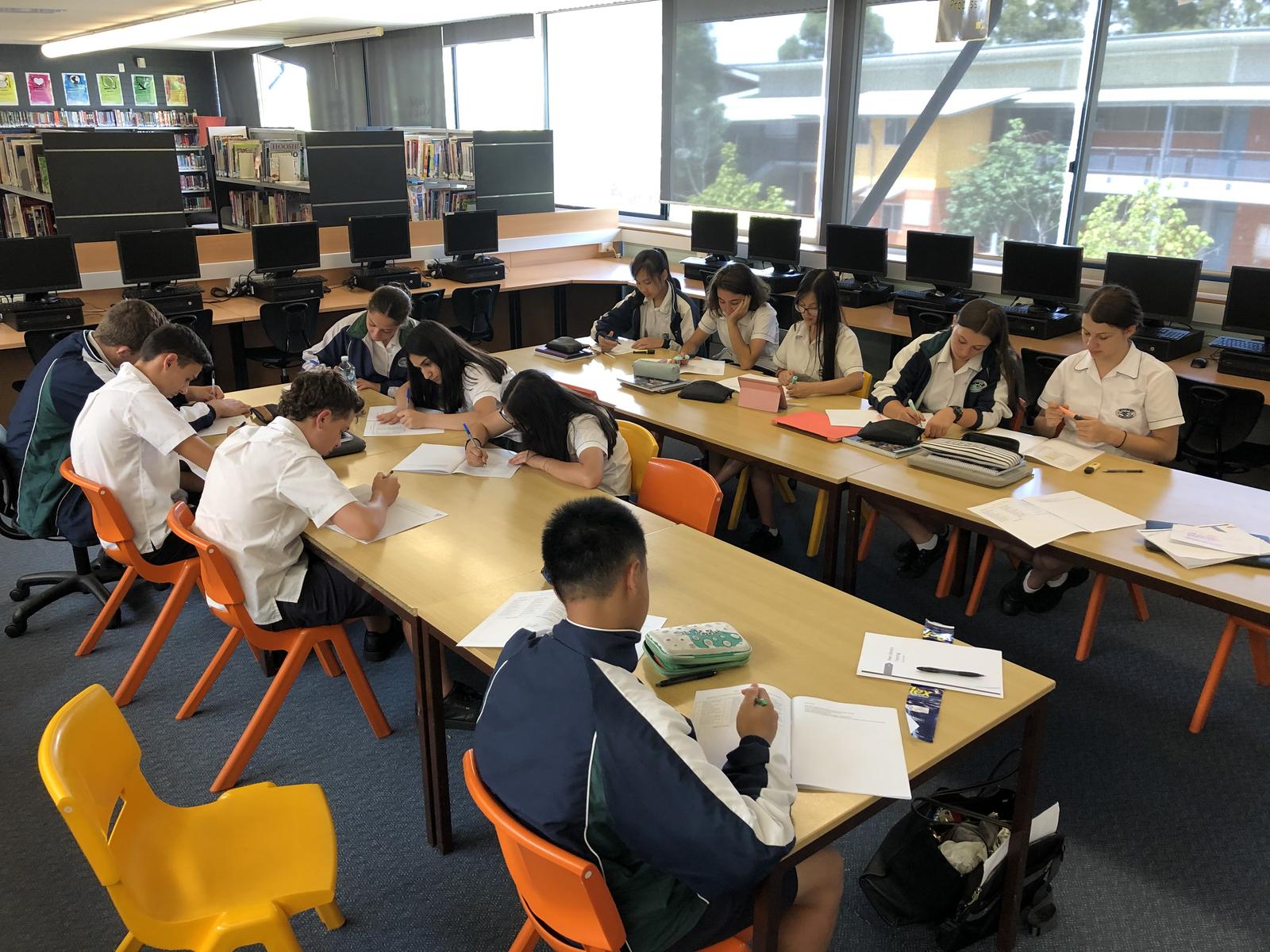Peer Literacy Tutoring

Year 10
Year 10 recently undertook their Peer Literacy Tutoring training at school. Part of this requires students to understand the process of reading and how read for meaning. The following passage looks at one way in which the brain is able to decode and construct meaning from the written text.
I cdnuolt blveiee that I cluod aulaclty uesdnatnrd what I was rdanieg. The phaonmneal pweor of the human mind. Aoccdrnig to rscheearch taem at Cmabridge Uinervtisy, it deosn’t mttaer in what order the ltteers in a word are, the olny iprmoatnt thing is that the frist and lsat ltter be in the rghtit pclae. The rset can be a taotl mses and you can still raed it wouthip a porbelm. This is bcuseae the human mind deos not raed ervey lteter by istlef, but the word as a wlohe.
Amzanig huh? Yaeh and you awlyas though slpeling was ipmorantt.
Part of these training sessions also examined the significance of using different sources of information to develop understanding and meaning. That is, how we use our existing or real-world knowledge (semantic information), grammatical information, phonological information (the ability to hear and separate sounds in words) and graphological information (understanding the relationship between letters and sounds as well as text conventions and letter clusters in words). At the end of the training, Year 10 students were left with a greater understanding of the process involved in reading for meaning as opposed to just reading words on a page. They will now be able to develop their tutoring skills during Connect with a greater understanding of the reading process and strategies on how to create a positive learning environment.
Year 10 students now have the opportunity during Connect classes to ‘tutor’ and work with their tutee by completing a number of literacy activities. This is the seventh year that students have been given this leadership opportunity whilst working with junior students.
Ms S Galic
Peer Tutoring Co-ordinator



